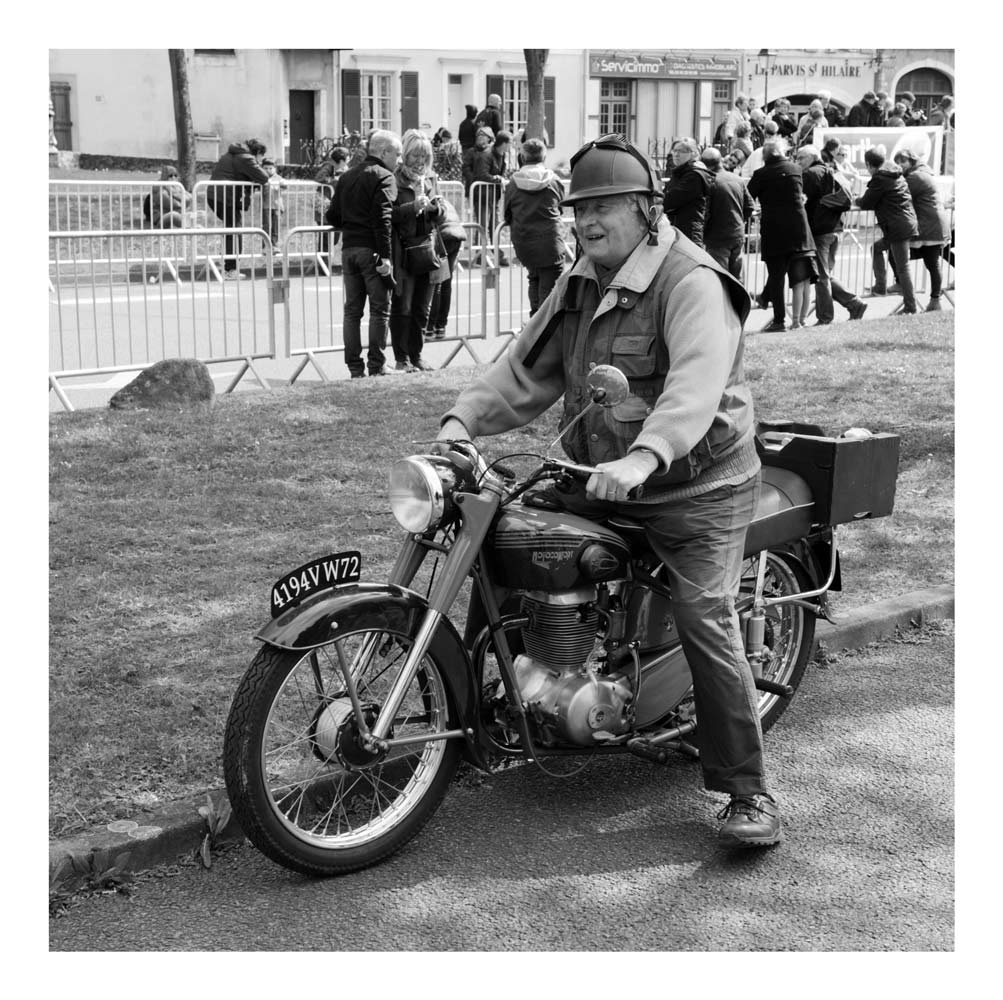Hi John,
You have actually reminded me that as well as ensuring the points are good, it is a really worthwhile move, when you put a new set into a Z decades after they were made, to also take the mechanical advance unit out and inspect and clean it. Even when the bikes were only ten or fifteen years old, I can recall needing to strip them down, clean them, regrease with fresh grease and re-assemble. They are pretty reliable units, however being on the side of the engine they eventually dry out the original grease and they can actually seize up, or, at least, stick a bit. This can make your ignition curve a bit random and, if they seize towards the advance end of the scale, the engine may run reasonable well at medium to higher rpm, but, of course, it will be over advanced at lower rpm. This can manifest itself as grumpy starting (popping, backfiring, reluctance to go first time). It can also lead to coughing and hesitation, stumbling as you feed throttle on at low rpm because it will be getting too much advance at that part of the rev range.
I can recall having to do similar maintenance on other Kawasakis of the same era such as some of the triples that used points (some models were CDI). After stripping, cleaning and lubing (maybe gently removing any visible signs of corrosion on the shaft if needed) the bike would run happily for a long time. The point to beware of (and it's been decades since I last did this so I'm relying on distant memories that may not be spot on) is that although taking the weights and springs part of the advance off the centre shaft is straightforward enough, I do believe it is possible to put it back on in two different positions 180 degrees apart. The catch, is that only one of them will make the bike run happily! Reckon I worked that out the hard way, decades ago. But when replacing points on a new to you bike, doing an advance strip and clean is a good idea, the first time, and every few years thereafter, because you can get the points gapped or dwelled perfectly and Eg the full advance timing spot on, (which is essential, of course). But in severe cases the advance parts can seize completely = no effective advance, fixed ignition timing! And even if it's just sticking, your timing at lower rpms will be at best, unpredictable, because it may get to full advance but not as progressively as it should and when it should.
Here's a shot of the advance unit I quickly googled. It's really just a spring loaded centrifugal system with two weighted arms set to offset the spring tension at certain rpms. As the weights extend, the outer shaft keyed to the inner one rotates relative to the inner one. Of course, the points cam is at the end of the outer shaft, so, as the rotation occurs, the point at which the cams separate will be advanced.
There's a groove machined into the inner shaft as I recall. It's purpose is as a small well into which a small quantity of grease may be added during disassembly, after cleaning, so as to ensure smooth actuation.
Off the top of my head I can't point you towards a decent timing light as I've had mine for a good couple of decades, John. I'd be guided by specification as much as price, I'd expect there to be a gulf between best really affordable unit and best at all costs. I fully endorse using a timing light to adjust the timing, you can check it at various points of the curve and ensure all I have mentioned above functions correctly. It's the easiest and most accurate way to go. Having said all of that, if you are patient and fussy enough, and have verified that the advance is within spec, you can get quite decent results by setting the point opening up with the static timing marks at the correct gap. There was a time I used to do this before buying a strobe light, and although the strobe light made the task easier and quicker, I can't actually say my bikes really ran any better because I was pernickety about my adjustments. Some of the smaller triples like the S1 (the 250cc triple) and S2 (the 350cc) used to run three sets of points—each of which had to be spot on, for the bike to run well at full noise—and I used to set them up by the static marks and get them running perfectly. So yes, by all means get a light—but you can get the bike sorted pretty decently in the meantime simply with a 12 volt light and a set of feeler gauges if needs must.
Cheers
Brett
























